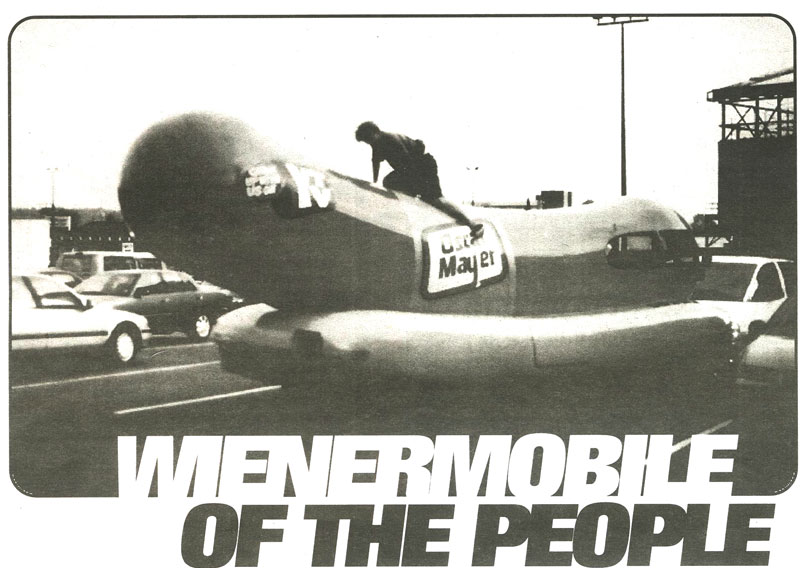America, in 1936, was well on its way to becoming a country with a whole lot of time on its hands and, frankly, God bless them for it. In 1996, a young lad with a whole lot of time on his hands (me) drove by one of America’s foremost cultural reference...



